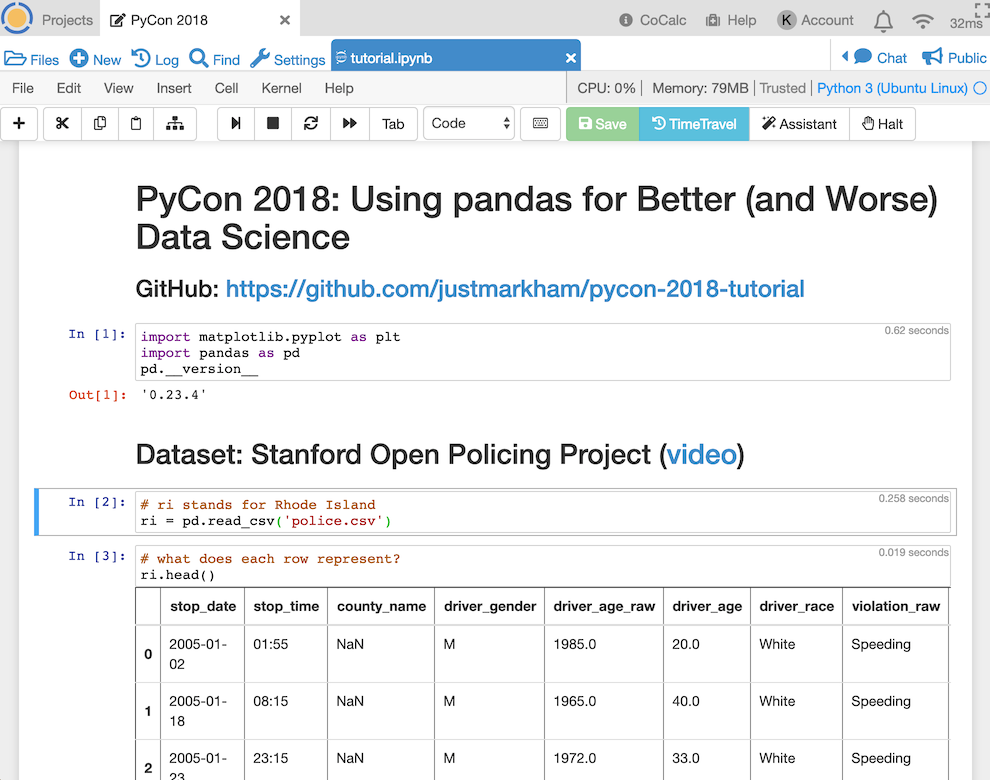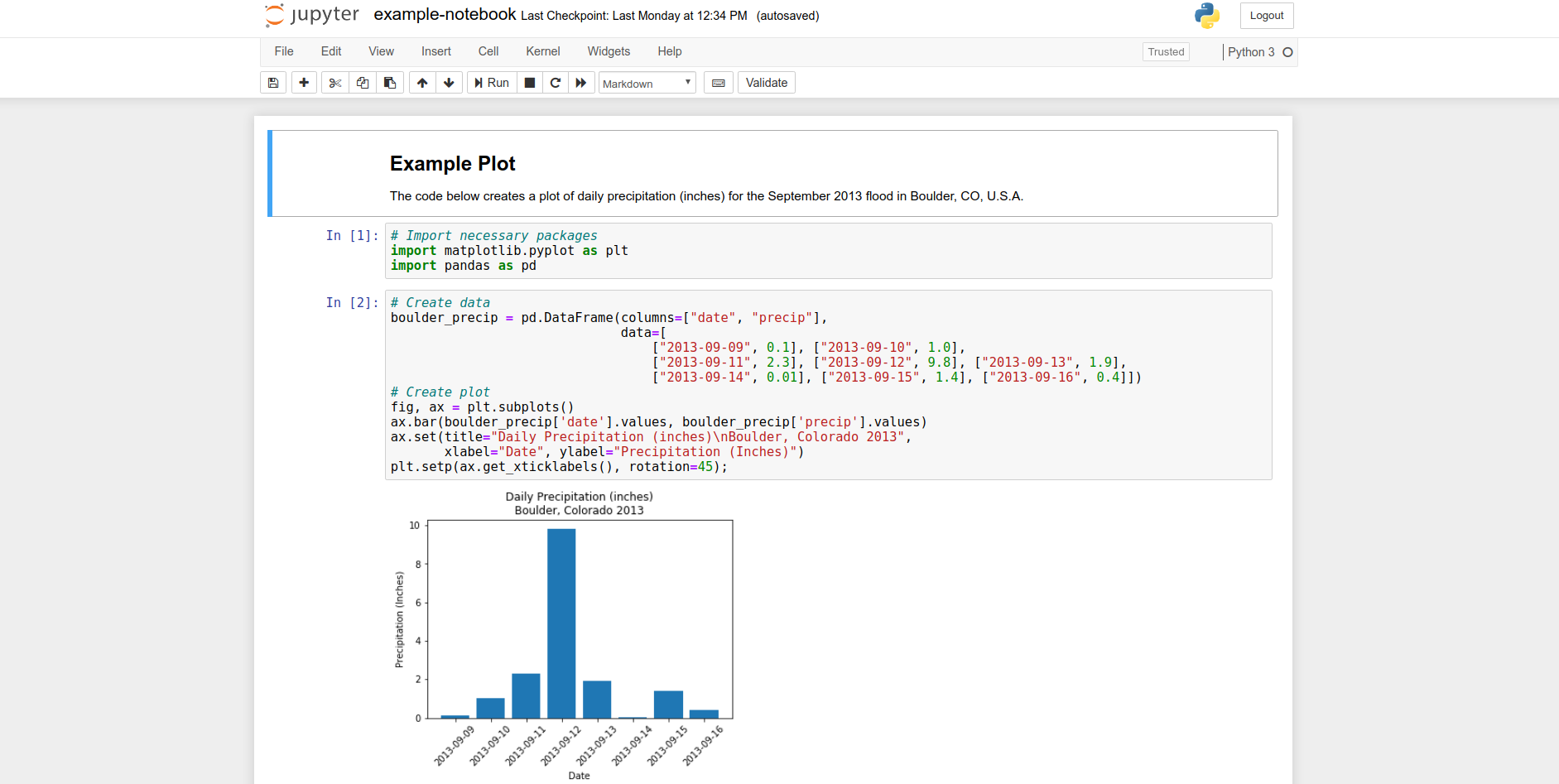
Of course, it is not only limited to that: team members) to collaborate on analytic use cases.

Create a Sequential Model layer by layer.Randomly pick and check an image-label pair At the beginning, required libraries are imported.Click "Cell" and choose "Run All" to execute complete code.

Click "Run" to execute a specific section or run it sequentially.The example code has been executed and saved.This program can train a Convolutional Neural Network via Keras, which is a high-level neural networks API, for handwritten digit recognition in MNIST dataset. A Python example code will be opened on a new Notebook.Administrators can enter the "Admin" page and access a user's Notebook.You can also click "Shutdown" to close it. If a Notebook is running, click "Running" to view the following page."Admin": Switch to the admin page (administrator accounts only)."New": Open a new Notebook, terminal or folder."Upload": Upload local files to the server.The interface will appear as following:.Click the switch from Off to "On" to start the Notebook server.JupyterHub can be installed from the QTS App Center.Step 1: Install JupyterHub and open the Notebook server In this tutorial, you will learn how to use Jupyter Notebook via JupyterHub, and run an example code. Guideline for Choosing and Upgrading NAS.Video Surveillance Device Management System.Configure network settings (QNE Network).


QuTS hero is the operating system for high-end and enterprise QNAP NAS models. WIth Linux and ext4, QTS enables reliable storage for everyone with versatile value-added features and apps, such as snapshots, Plex media servers, and easy access of your personal cloud. QTS is the operating system for entry- and mid-level QNAP NAS.


 0 kommentar(er)
0 kommentar(er)
